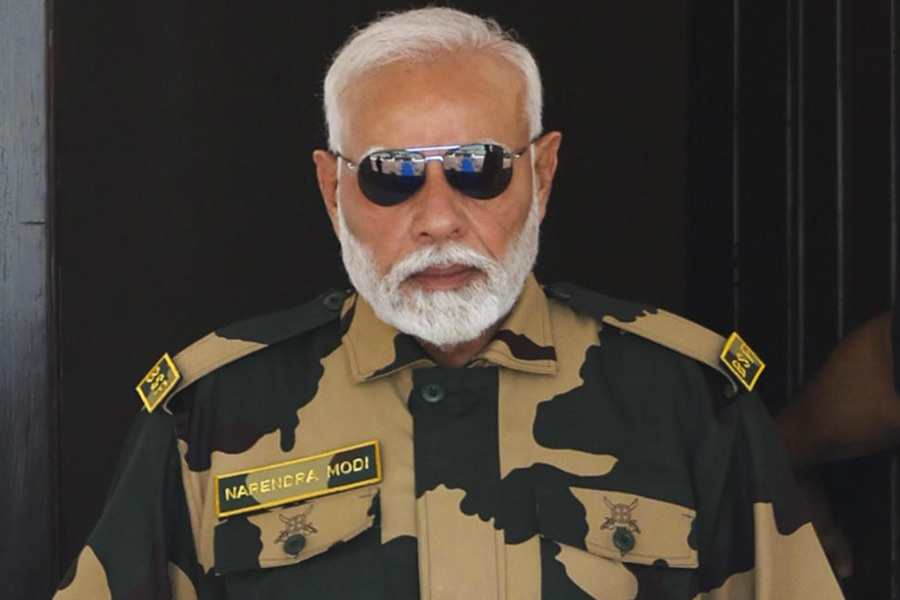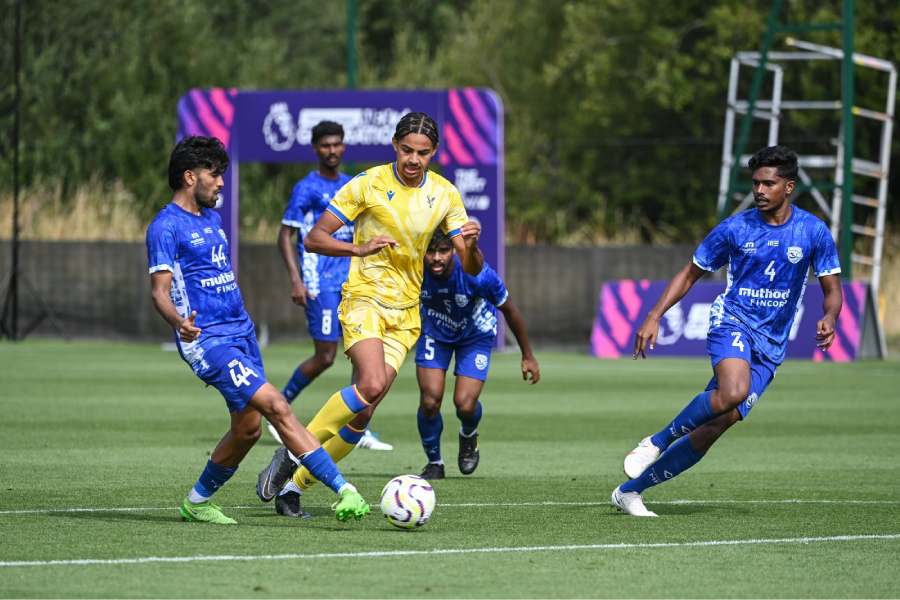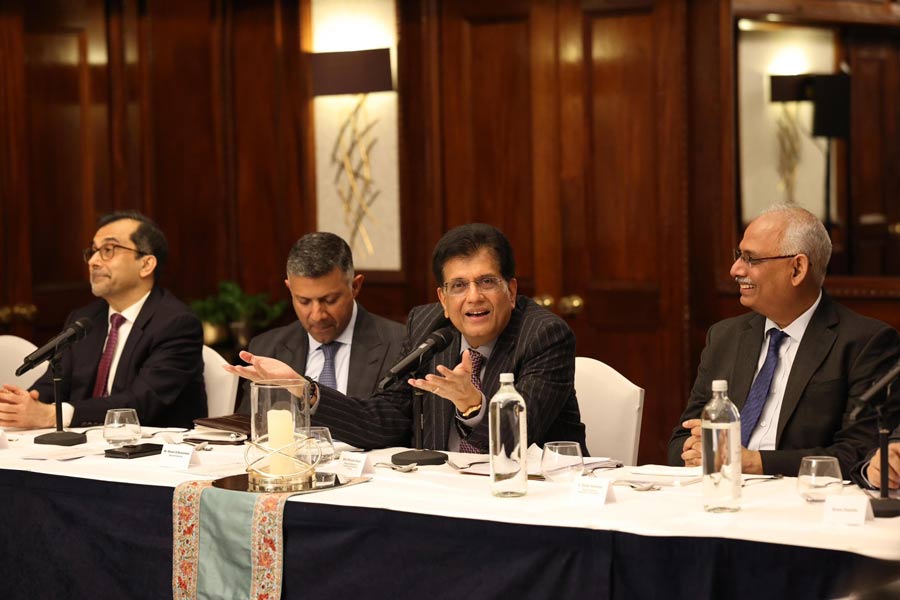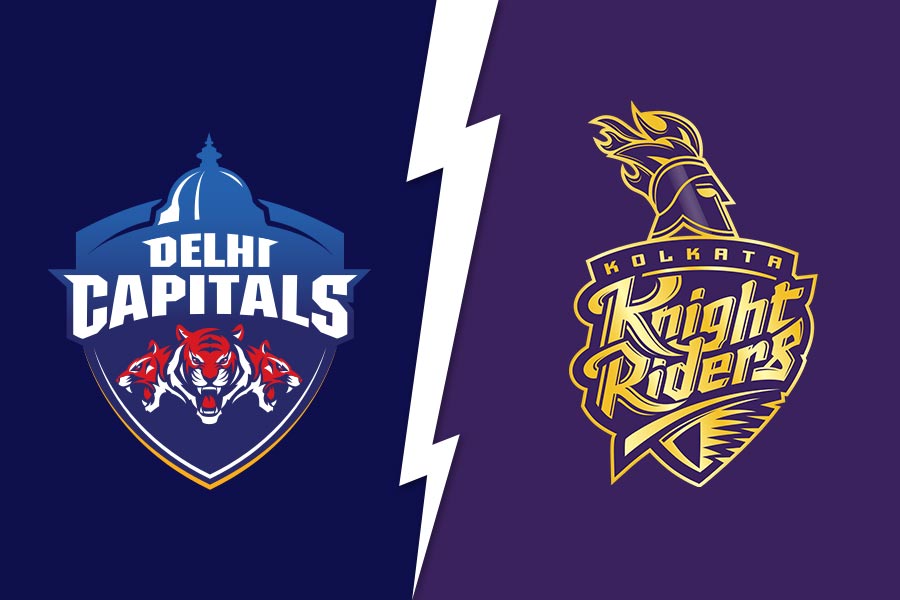|
|
| Difficult climb |
Higher than the eagle soars: A path to Everest
By Stephen Venables,
Hutchinson, £12.25
When Edmund Hillary and Tenzing Norgay, in the expedition led by John Hunt, climbed Everest in 1953, they had used the route across the South face of the mountain. The expedition had laid siege on the mountain with sherpas humping loads, and climbers using supplementary oxygen and ropes. The route needed more stamina than tough technical climbing, except in the Khumbu icefall at the base of the mountain and, again, high up on the summit slopes near what came to be called the Hillary Steps.
The success of this first ascent and the use of this route by many subsequent expeditions tend to deflect attention from the fact that the earliest expeditions to Everest had used the much more difficult North face. It was on this face that George Mallory and Andrew Irvine had disappeared in 1923, last seen very close to the summit. Reinhold Messner, in the first ever solo, oxygen-less climb to the top, had used the same route. Most mountaineers, however, admit that the most difficult route is the East face, which rises sheer from the Kangshung glacier. The first climb to the summit from the East side was in 1983, but this was a climb with supplementary oxygen.
Stephen Venables was the first man to climb Everest without oxygen using the Kangshung face. He and the three others who formed the summit team of the expedition in 1988 opened up a new and perilous route that took them up to the South Col. From the South Col, three of them made their way to the summit but only Venables got there. The other two had to turn back before they made it to the world’s highest point.
What is of great interest in Venables’s book is his account of the opening up of the route on the dangerous Kangshung face. The story of his climb from the South Col to the summit will be familiar to those who read books on Everest, except for his bivouac, probably the highest on the mountain on the south side, on his way down.
The opening of the route involved some of the most difficult bits of climbing. There was one moment in the expedition when Venables, at about 6,500 metres, came across a huge crevasse, at least a hundred feet deep, which blocked the route to the upper Kangshung face. To cross this, it was necessary for someone to abseil down and climb up the far wall to its upper lip, and string a rope across to create the world’s highest Tyrolean traverse. This incredible feat of athleticism was performed by Robert Anderson, the leader of the climbing team, with the help of Ed Webster. This is not to take away from Venables’s achievement, but to put it in context. After the exhausting climb on the Kangshung face, even the relatively easy ascent from the South Col must have demanded extra special effort. This is where Venables’s stamina, fitness and tenacity held.












